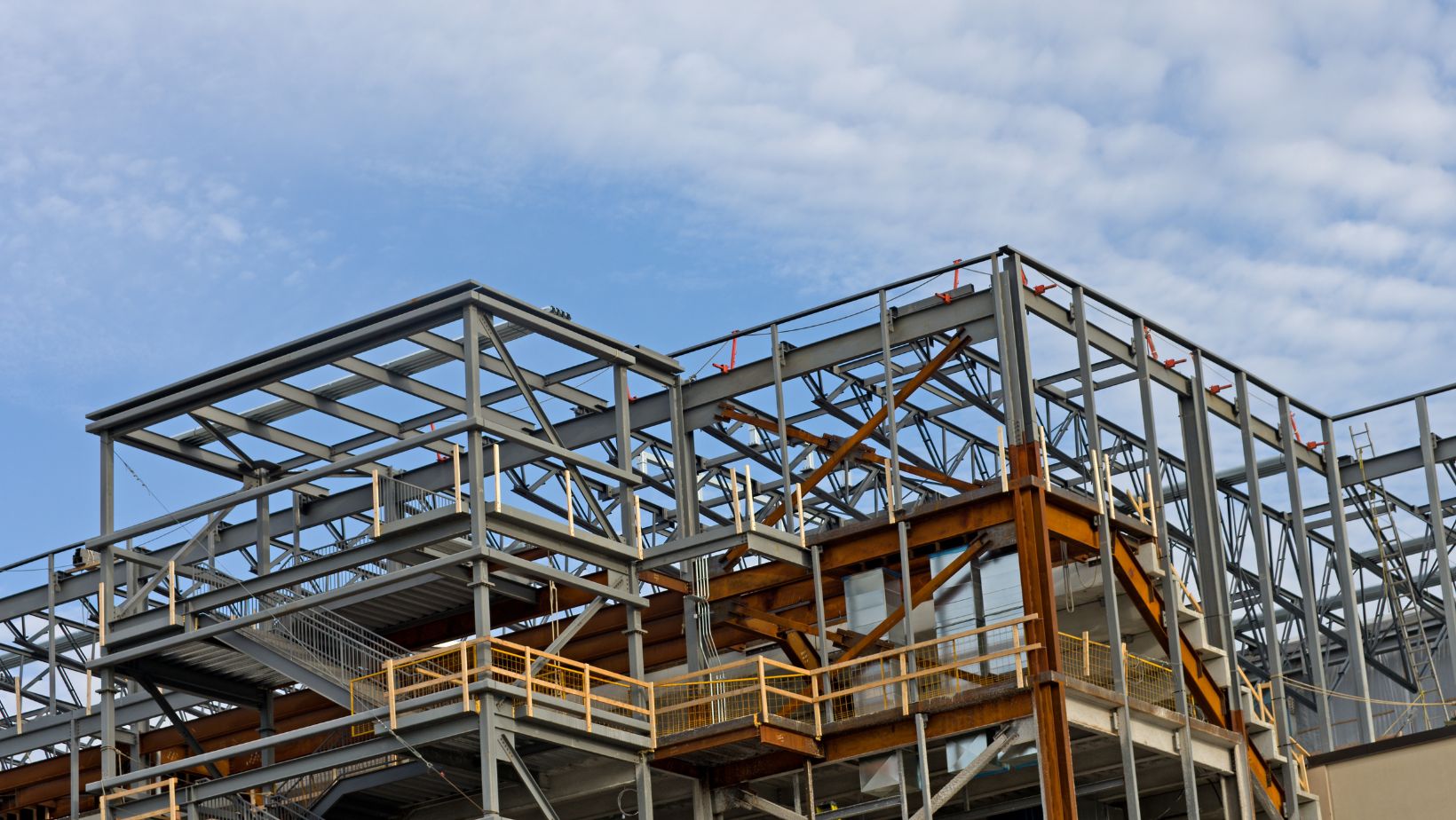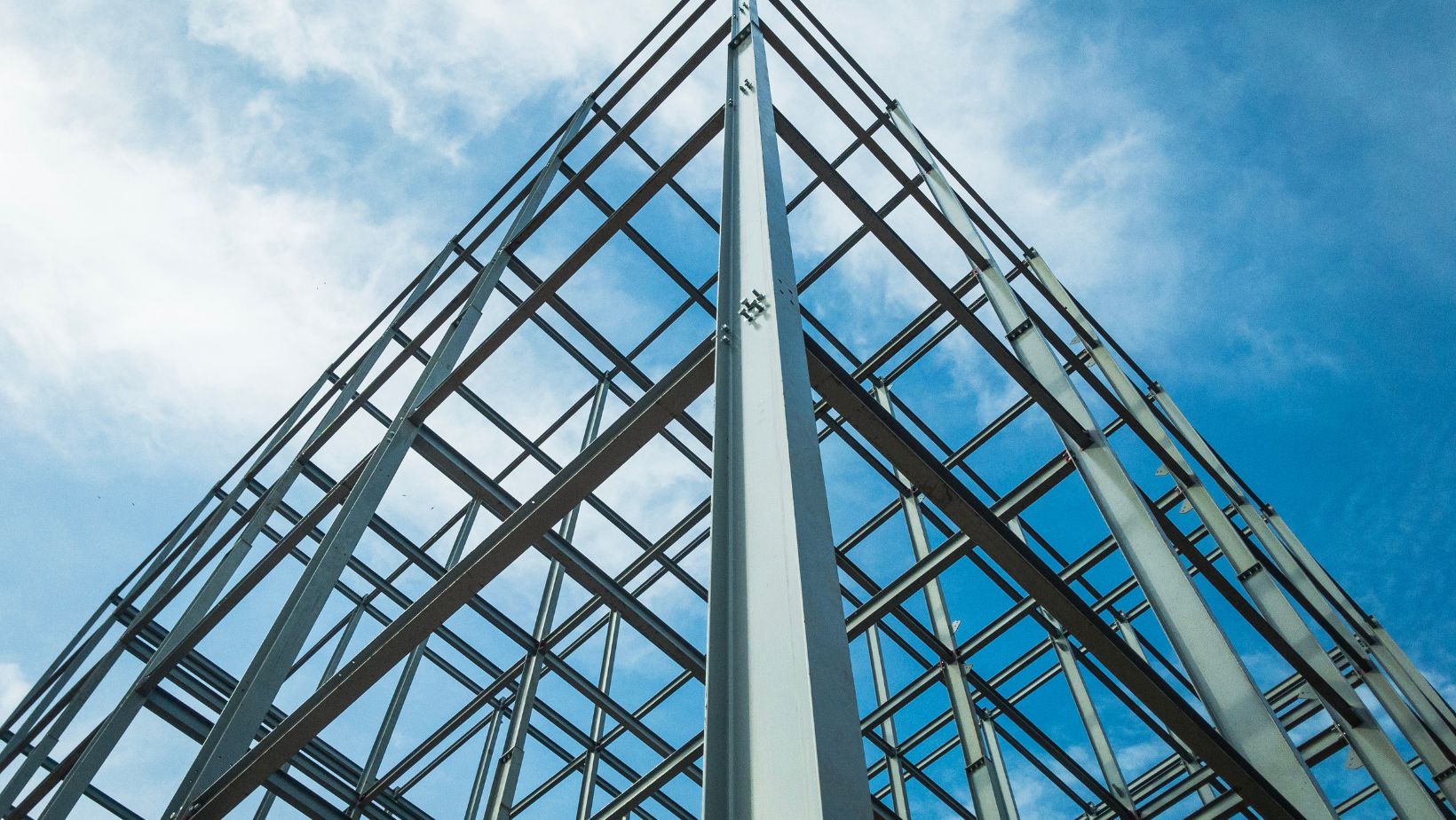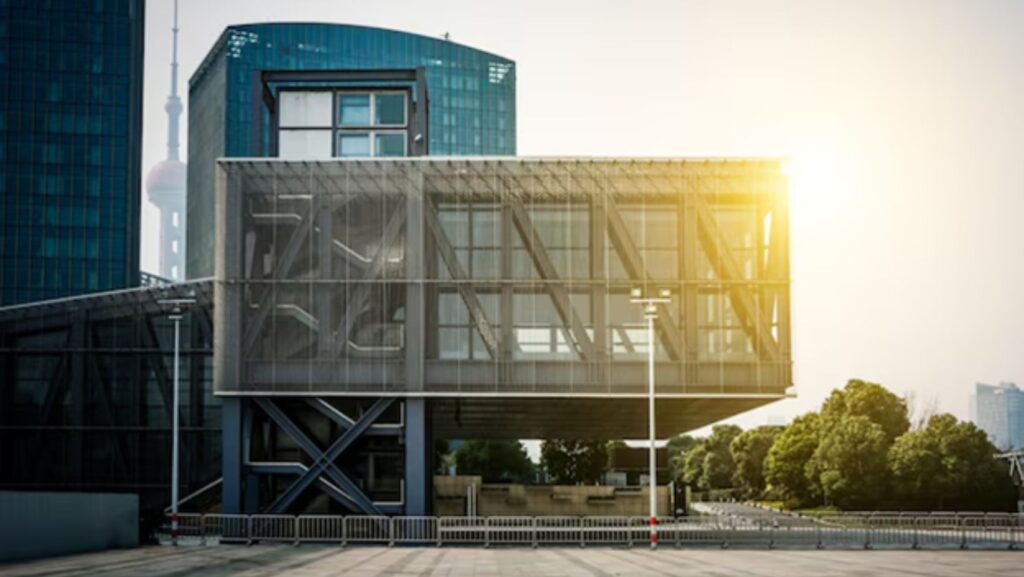In modern construction, durability is a key factor that influences material choice. Among the most popular materials are steel and concrete, each offering unique benefits and challenges. This article delves into the durability, functionality, and versatility of steel and concrete to help you understand their strengths and determine the better option for your project.
Understanding the Basics: Steel and Concrete
What is Steel?
Steel is an alloy of iron and carbon, known for its exceptional strength and versatility. Its lightweight nature, recyclability, and ease of construction make it a favorite in modern construction.
What is Concrete?
Concrete is a composite material composed of cement, aggregates, and water. Widely used for its compressive strength and affordability, concrete has been a cornerstone of construction for centuries.
Durability: A Closer Look
Steel: Built for Strength and Flexibility
Steel excels in tensile strength, allowing it to handle heavy loads and resist deformation. Its flexibility ensures that it performs well under dynamic loads, such as earthquakes and strong winds. Additionally, protective coatings make steel resistant to corrosion, further enhancing its durability.
Key Advantages of Steel Durability:
- High tensile strength
- Resistance to fire and pests
- Minimal maintenance requirements
- Withstands extreme weather conditions
Concrete: Resilient and Long-Lasting
Concrete is highly durable in compressive applications, making it ideal for foundations, bridges, and large-scale infrastructure projects. It resists wear from environmental factors like water and temperature fluctuations, but it can be susceptible to cracking if not reinforced.
Key Advantages of Concrete Durability:
- Excellent compressive strength
- Resists weathering and erosion
- Longevity in static applications
- Requires minimal surface maintenance
Environmental Impact and Sustainability
Steel: Eco-Friendly and Recyclable
Steel stands out as one of the most sustainable construction materials due to its recyclability.

Steel structures generate less waste during construction, and end-of-life materials can be recycled without loss of quality. Its adaptability also allows for modifications and reuse.
Concrete: High Carbon Footprint
While concrete is durable, its production involves significant CO2 emissions due to the energy-intensive process of cement manufacturing. However, advancements in concrete technology, such as the use of recycled aggregates and alternative binders, are improving its sustainability.
Cost Considerations
Steel: Upfront Investment with Long-Term Savings
Steel may have higher upfront costs, but its durability and low maintenance result in significant savings over time. Additionally, its fast assembly reduces labor expenses, making it cost-effective in the long run.
Concrete: Affordable Initial Costs
Concrete is typically less expensive than steel initially, making it an attractive option for budget-conscious projects. However, the need for reinforcement, repairs, and potential cracking over time can increase long-term expenses.
Versatility in Construction
Steel: The Modern Choice for Adaptability
Steel’s strength-to-weight ratio allows for innovative designs and architectural freedom. It is ideal for applications requiring large open spaces, such as warehouses, sports arenas, and high-rise buildings.
Common Applications of Steel:
- Skyscrapers and commercial steel buildings
- Bridges and industrial facilities
- Aircraft hangars and sports complexes
Concrete: The Foundation of Infrastructure
Concrete’s rigidity makes it suitable for large-scale static structures. It is commonly used in roads, dams, and parking garages, where compressive strength is crucial.
Common Applications of Concrete:
- Foundations and retaining walls
- Highways and bridges
- Water treatment facilities and dams
Maintenance and Longevity
Steel: Minimal Maintenance Required
The steel buildings are designed for longevity with minimal upkeep. Protective coatings and rust inhibitors further extend their lifespan, making them a practical choice for low-maintenance construction.
Concrete: Regular Repairs Needed
Concrete structures often require periodic repairs, especially in areas prone to cracking or water seepage. Reinforced concrete, while more durable, may still require maintenance to address issues like corrosion of embedded steel.
Performance in Extreme Conditions
Steel: Resilience Under Pressure
Steel’s flexibility makes it well-suited for areas prone to earthquakes, hurricanes, and heavy snow.

Its lightweight nature reduces the overall load on foundations, preenenhancing stability during dynamic events.
Concrete: Stability in Static Applications
Concrete excels in static environments, such as dams and bridges, where compressive forces are the primary concern. However, its rigidity can be a disadvantage in seismic zones without proper reinforcement.
Which Material Wins the Durability Battle?
Steel: Perfect for Modern, Flexible Construction
Steel emerges as the winner in projects requiring adaptability, longevity, and resistance to dynamic loads. Its lightweight nature, ease of modification, and recyclability make it a top choice for modern construction needs.
Concrete: Ideal for Static, Large-Scale Infrastructure
Concrete is the clear choice for applications requiring compressive strength and long-term stability. Its affordability and resistance to erosion make it indispensable for foundational and infrastructural projects.
Conclusion
The durability of steel and concrete depends largely on the intended application and environmental factors. Steel shines in modern, versatile constructions where flexibility and sustainability are priorities. Concrete, on the other hand, dominates static, large-scale projects with its compressive strength and affordability.
By understanding the unique advantages of both materials, you can make an informed decision that ensures your project’s success while balancing durability, cost, and environmental impact. Whether steel or concrete, the right material can turn your construction vision into reality.
